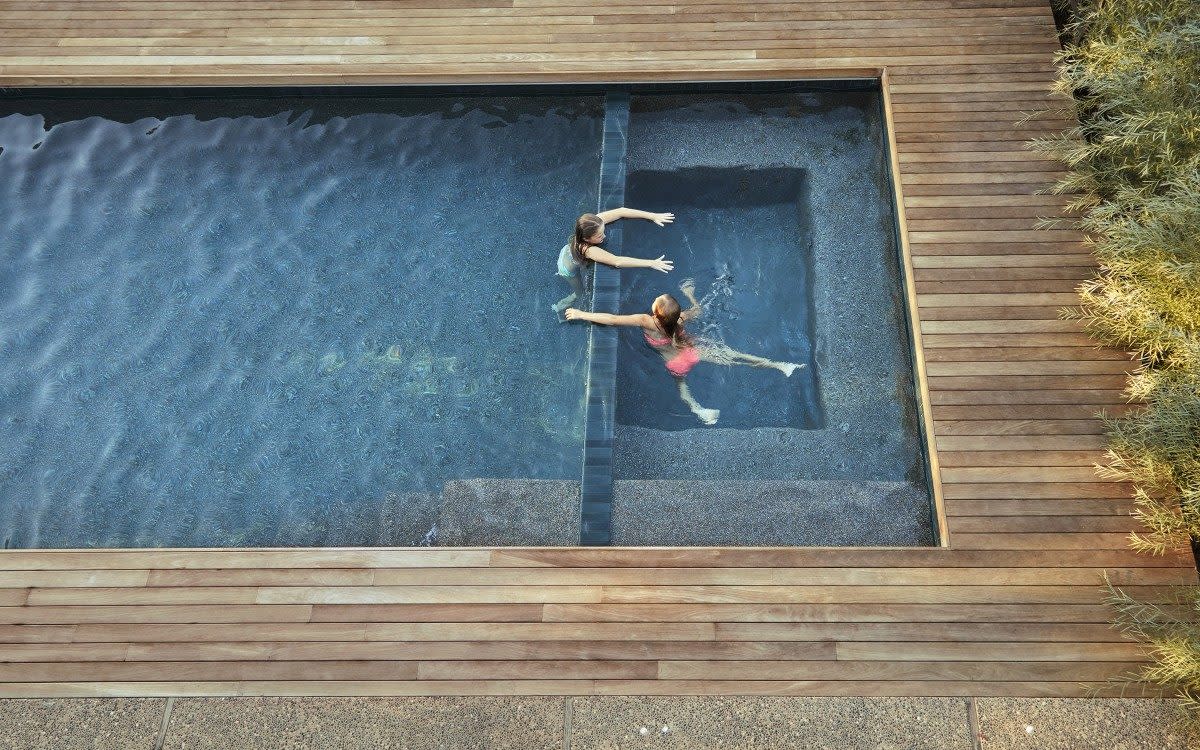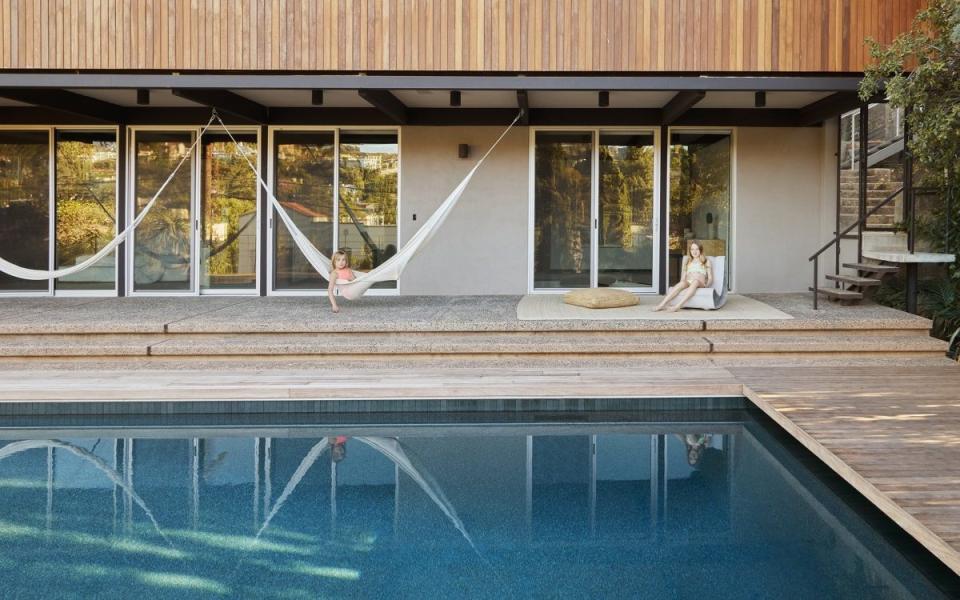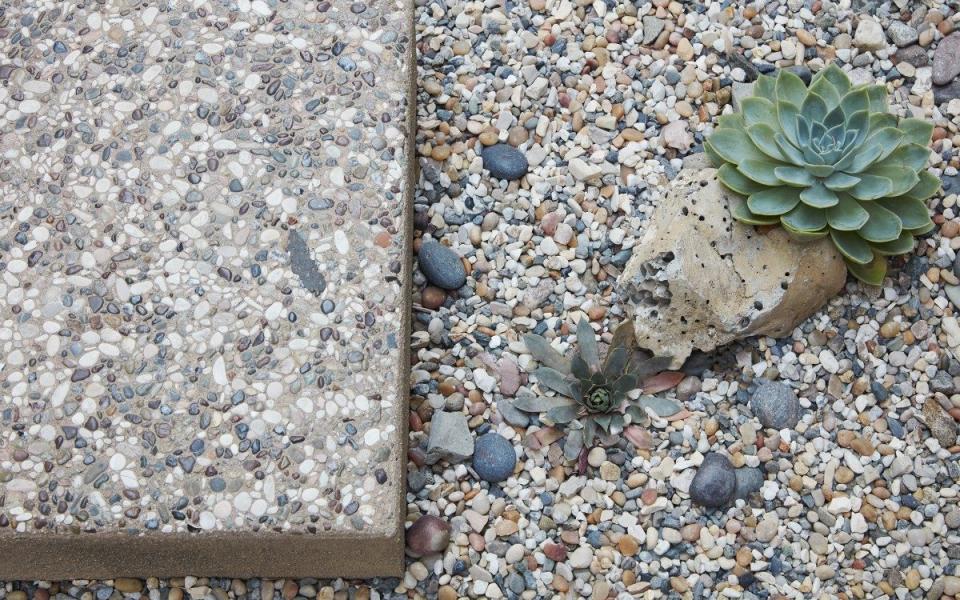LA’s ‘post-punk landscape architect’ on his dreamiest home swimming pool designs

“Is there anything better than swimming in a garden?” asks David Godshall of Terremoto, California’s rising star of landscape architecture. In the UK, the answer until recently was probably, “yes, swimming abroad.” Since pools require months of sun to be fully recreational, swimming in this country can feel like a bit of a stopgap.
In Los Angeles, where Godshall is based (his Terremoto co-partner Alain Peauroi is in San Francisco), it is hardly a novelty to swim in one’s backyard, although carefully considered pools, at one with their surroundings, are less common.
Like the distressing British trend of filling the front garden with an SUV vehicle, a swimming pool behind the house can all too easily become the main object and the only focus. “At Terremoto we shirk away from the conventionally macho pool,” says David. “We prefer to push it into a place of its own.”
Seeking a sense of genius loci is particularly fascinating in Los Angeles, with its architectural offering of stylistic episodes from the past 100 years, from Art Deco to nouveau chateau. In Bel Air, below a post-modern house developed by vogueish architects Studio Shamshiri, Godshall and co sited a swimming pool at the bottom of a ravine.
They added to the wilderness at the property’s edges by planting a small forest of trees, as well as a mix of drought-loving plants, native and otherwise. Never far from their joyous, easy-going plant palette is an elegant yet always adventurous use of hard materials. The result is surely something that we all seek when swimming: transcendence.

David Godshall has described himself as a grown-up punk with control issues. In a similar vein, nothing that Terremoto does as a practice is born out of received wisdom; instead, there is a logic in the topography that will out, even if the result seems counter-intuitive.
At a different sloping property in Los Angeles, Terremoto built a pool that was neither at the bottom nor at the top, but at tree canopy level. The narrow cuboid “emerges from the earth like a monolith”, yet it is entirely ensconced in a delicious tapestry of venerable trees and feisty young planting, a fine-tuned forest clearing.

Even when they are in your face, as it were, pools can be done in an interesting way. At a mid-century gem in urban Cedarhurst, LA, a swimming pool runs the length of the house, as an elegant continuum of the building. Terremoto’s pool interiors are generally a dark plaster, “surrounded by hardscape that has texture and personality”.
At this property, original elements begat new ones, with planes of ipe hardwood decking and underwater steps of rolled pea gravel speaking to the materials on and around the house. In the garden beyond, loose gravel butts up against rolled gravel stepping stones: easy on bare feet.

What about old pools that are not necessarily vintage? Again, they can be mined for their inherent charm. A kidney shape is lovely again, rimmed with a sophisticated version of crazy paving rather than cracked cement.
And the traditional lawn surround? Green swards in drought conditions continue to defy logic and generally a vast, status-symbol lawn is an empty one – no fun at all. “We infrequently grant lawns to people under two conditions,” says David. “One, that they are scaled appropriately and two, that they are used.”

Restoring or siting a pool involves wider considerations that become more prescient in a decadent landscape balanced on fault lines. The people at Terremoto (Spanish for earthquake) are free-thinking problem-solvers, whose skill in lacquering cultural and horticultural layers results in an amplified beauty.
“We like to wrap a pool in planting, so when you swim, you’re surrounded by vegetation,” says David. “Our challenge as designers is to create a visually stunning garden while also making it ecologically robust. That’s the challenge.”
Sign up for the Telegraph Luxury newsletter for your weekly dose of exquisite taste and expert opinion.

